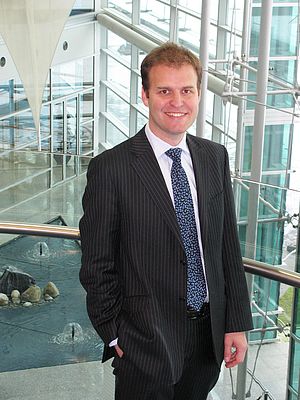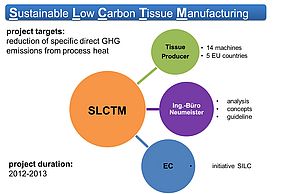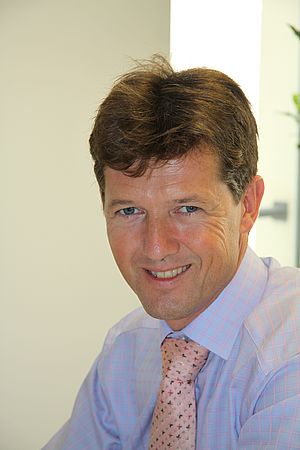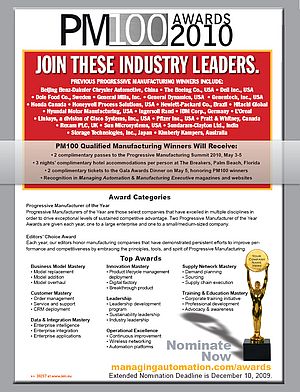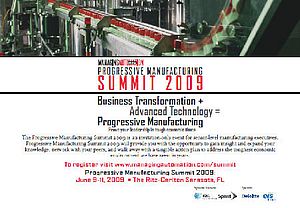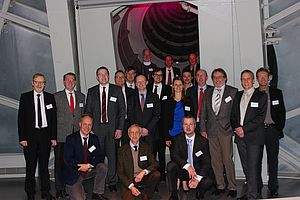When it comes to industrial energy efficiency, "high potential" is what you will hear most often. Views may vary from country to country or by industry sector, however, if there is a high untapped potential out there, you would expect corporate world being keen on unlashing this. But if this is such a no-brainer, why then all this discussions about barriers?
Most barriers are on the implementation level such as a lack of financial resources and skills for a specific project. Some claim a lack of commitment as a reason for failure. But commitment originates from strategic decisions and these are done by the so called "C-level". So where does industrial energy efficiency sit on the strategic agenda?
Strategy is not looking on energy efficiency directly. Energy efficiency is just a tool to achieve a strategic goal. And such goals are defined to remain or become successful in a competitive environment. Two questions need to be asked: what are strategies for which energy efficiency might be relevant and what are alternative tools energy efficiency has to compete with? The latter might deliver insights to what needs to be done that energy efficiency becomes a more relevant tool than it currently seems to be.
The Deloitte reSources Study 2012 (www.deloitte.com) states that corporate world sees energy management increasingly as key to competitiveness. 85% of companies in the survey are looking on electricity costs from a financial perspective, up from 76% in previous year.
What you find more rarely is a perspective on energy efficiency as a tool to address corporate risk. Risk strategies are becoming more important in case of unpredictable or high volatile market factors, especially when these factors can severely damage companies performance. A typical example for a risk strategy tool is the fuel hedge most airlines undertake, but there is more. Dr. Berthold Hannes from Bain & Company points out: “Risk management (www.bain.com) via energy efficiency is not limited to hedging power-, gas- and oil-prices. It should also consider the impact of energy-related taxes (as CO2) or tax exemptions and subsidies, as well as energy cost which are included in third-party supplies and scarce feedstock.”
Unpredictability in regards to regulation like the future of renewable subsidy schemes, the European Emission Trading Scheme or the German “Energiewende” as well as high volatile energy prices pose a significant threat especially for the energy intensive industry. Here, energy efficiency has to compete with financial market hedging instruments. Discussions about the right tool do not only look on costs but also on related effects of a certain decision e.g. the installation of a waste heat recovery system might lower the energy costs significantly and therefore reduces the vulnerability towards increasing energy prices. However, the long term nature of this kind of investment at the same time implies a location guarantee for this specific site.
Looking on the current stakeholder discussions on industrial energy efficiency, C-level commitment is key to get things done. While still many players are reluctant, this understanding slowly spreads in the boards of multinationals. Accordingly, strategy consultants are starting to get involved. In their advisory roles and assignments, they put energy efficiency on the CEO’s agenda. Dr. Kim Petrick from Bain & Company confirms: “Energy- and feedstock-efficiency is an increasingly relevant building block both not only for performance improvement but also in strategy development. Besides cost efficiency and risk reduction, companies develop energy-related service offerings, investigate growth-opportunities in a favorable regulatory environments or test partnering and financing models. Finally, more and more top executives see resource conservation as a corporate social responsibility imperative and want to make it happen.”
An approach which is commercially driven combined with an improved corporate social responsibility is the key to enter the board level. Project managers, line managers and consultants need to play their part to ensures success and overcome the barriers which still exist in many companies. Meetings like the recent European EEIP congress 2012 in Berlin connect the stakeholders and allow to share experience on best practice examples. It is an open question though, how long this takes until energy efficiency solutions do not require a push onto board level anymore, but is actively requested by the majority of executives.
The "C-level" and the role of strategy consultancies
By Juergen Ritzek, Business Director EEIP
- by TIM Global Media BV
- November 19, 2012
- 3910 views




